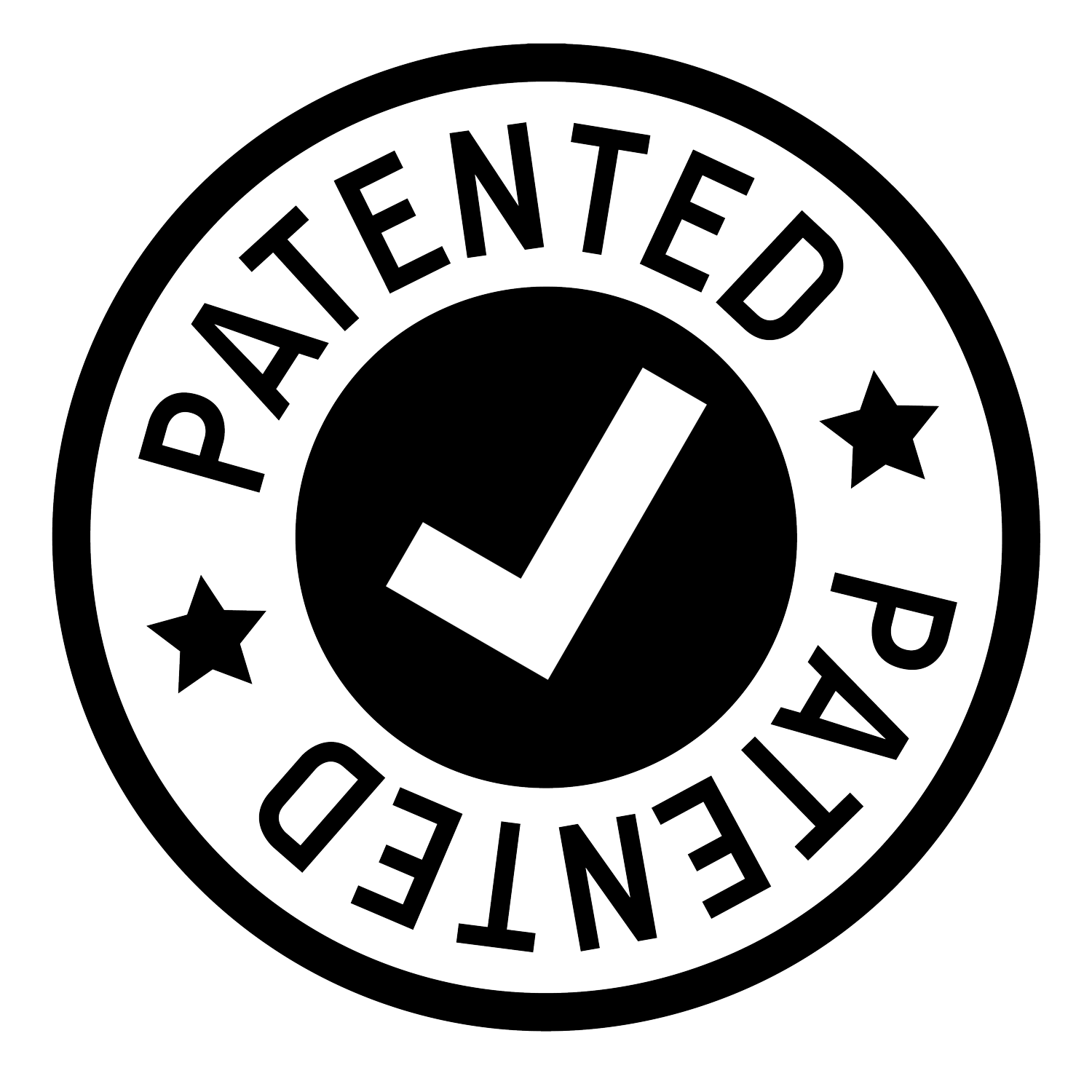At Great Plains Patent, our mission is to provide comprehensive and expert legal services to inventors, businesses, and innovators. We aim to protect intellectual property rights, foster innovation, and support our clients in navigating the complexities of patent law. Our goal is to ensure that your inventions are safeguarded, enabling you to focus on bringing your product to market and achieving your commercial goals.
What is a Patent?
A patent is a legal document granted by the government that gives an inventor the right to exclude others from making, using, selling, and distributing an invention for the term of the patent, which is typically 20 years from the filing date. Patents are designed to encourage innovation by providing inventors with a temporary monopoly on their creations, in exchange for publicly disclosing the details of the invention. This disclosure allows others to learn from and build upon the patented technology, fostering further advancements in the field.
The Patenting Process

What Do Patents Cost?
Patents are among the strongest forms of intellectual property protection, but are also among the most expensive to obtain. Depending upon the technology and the issues involved, a regular U.S. utility patent application will cost from around $8,000-12,000 to prepare and file. Depending upon the complexities and length of the prosecution process, the prosecution costs may be from around $1,000-10,000 or more. Adding the maintenance fees of around $3,000-6,000 (depending on the size of the patent owner), total lifetime costs for a patent may range from as little as around $15,000 to upwards of $30,000 or more. Deciding whether to seek patent protection is always a strategic marketing decision, and the attorneys at Great Plain Patent will help you as you evaluate the best strategy for your venture.
What Can Be Patented?
The U.S. patent laws allow any new and useful machine, process, article of manufacture or composition of matter to be patented. As such, an “idea” is not patentable per se until it is embodied into and classified as an “invention,” which must have some form of physical embodiment. Software by itself is not patentable unless it is embodied in a computer system or tangible and non-transitory medium, and meets the other requirements for patentability.
Why Use Us?
We, the Attorneys at Great Plains Patent, each have decades of IP experience working in a wide variety of technical areas, and are committed to providing you with the highest quality legal services at reasonable costs. Most work is flat-fee based, so you will know up front what to expect. We are responsive, client-oriented, and committed to your success.
